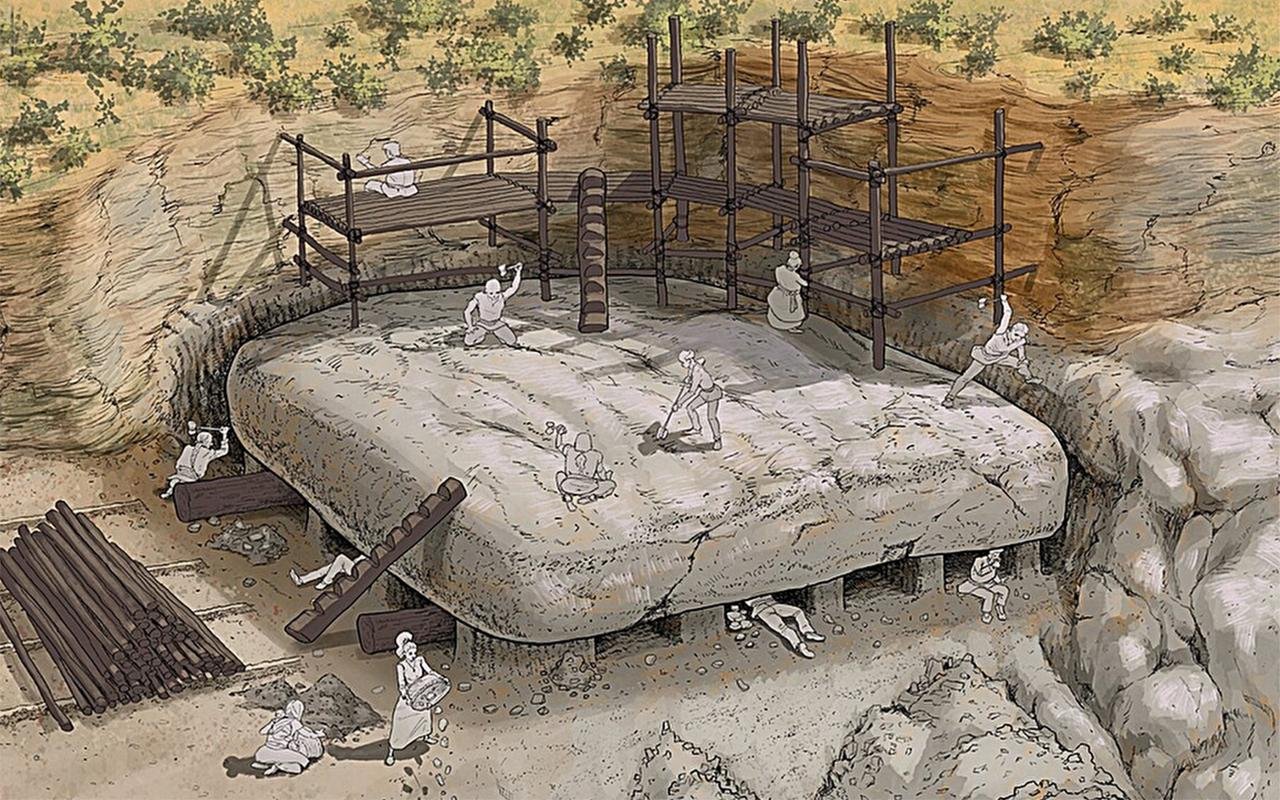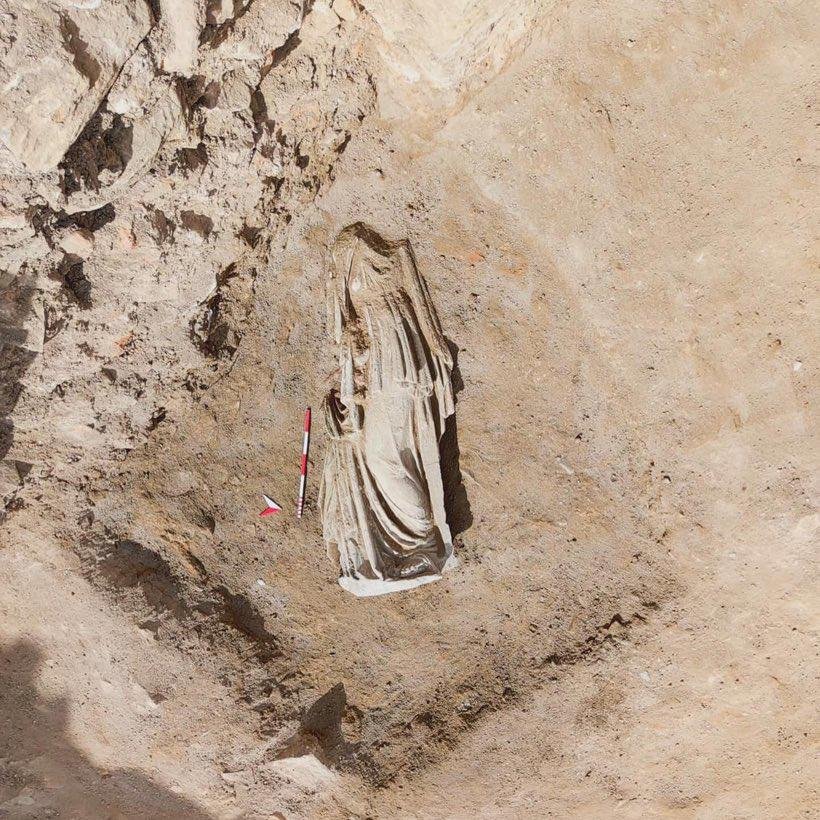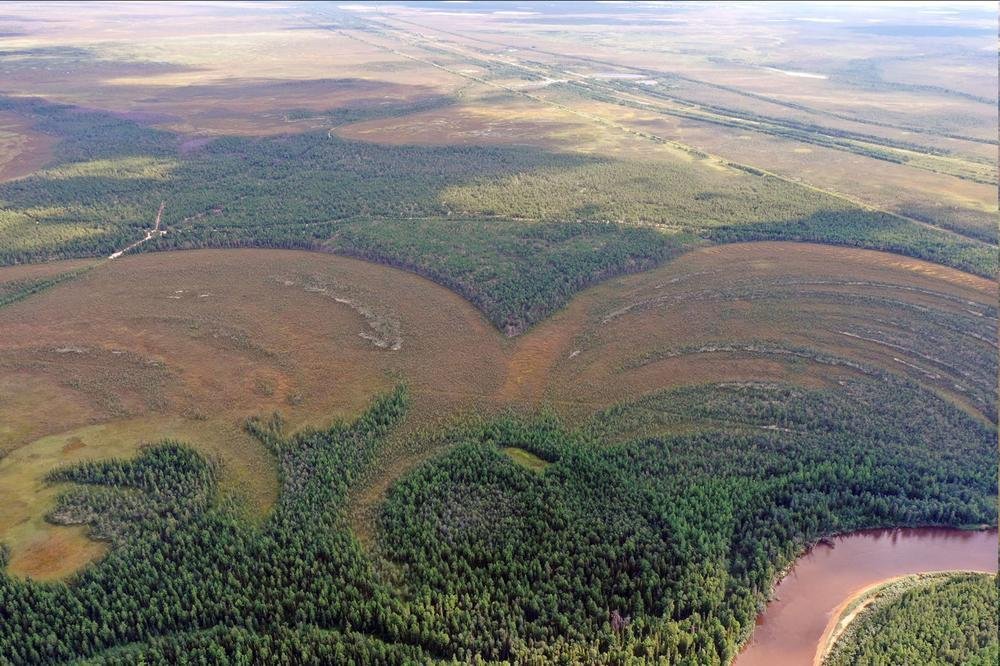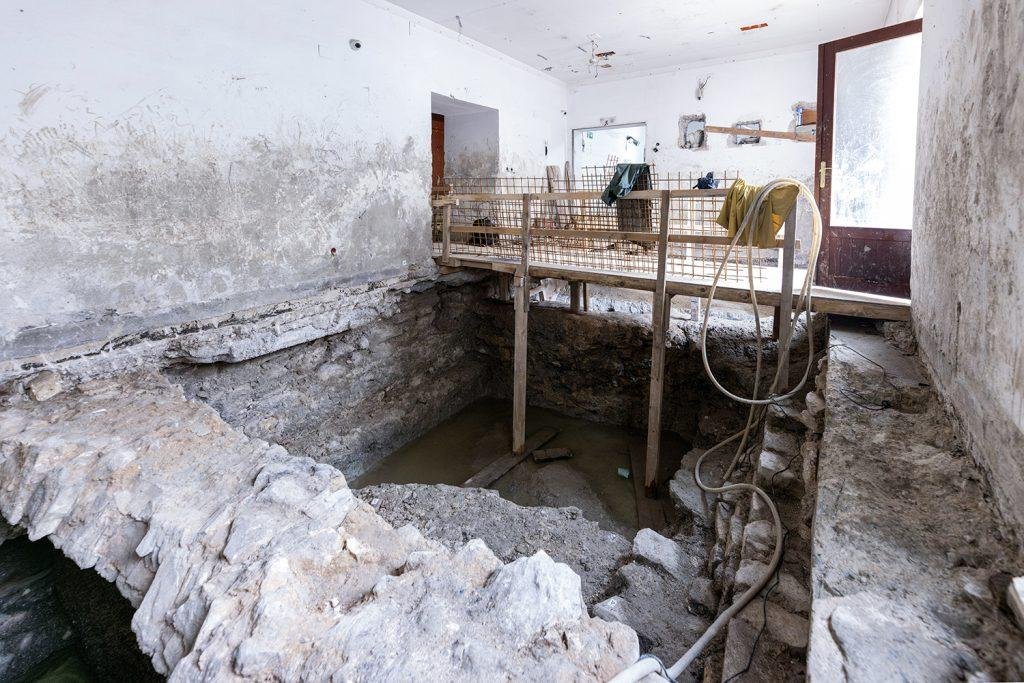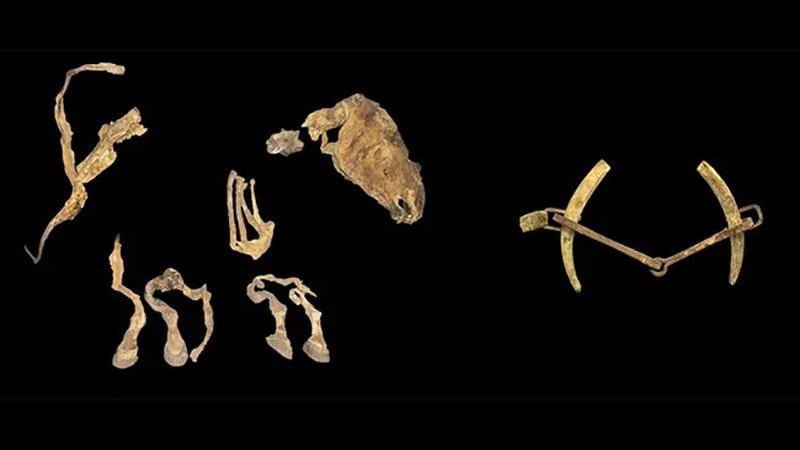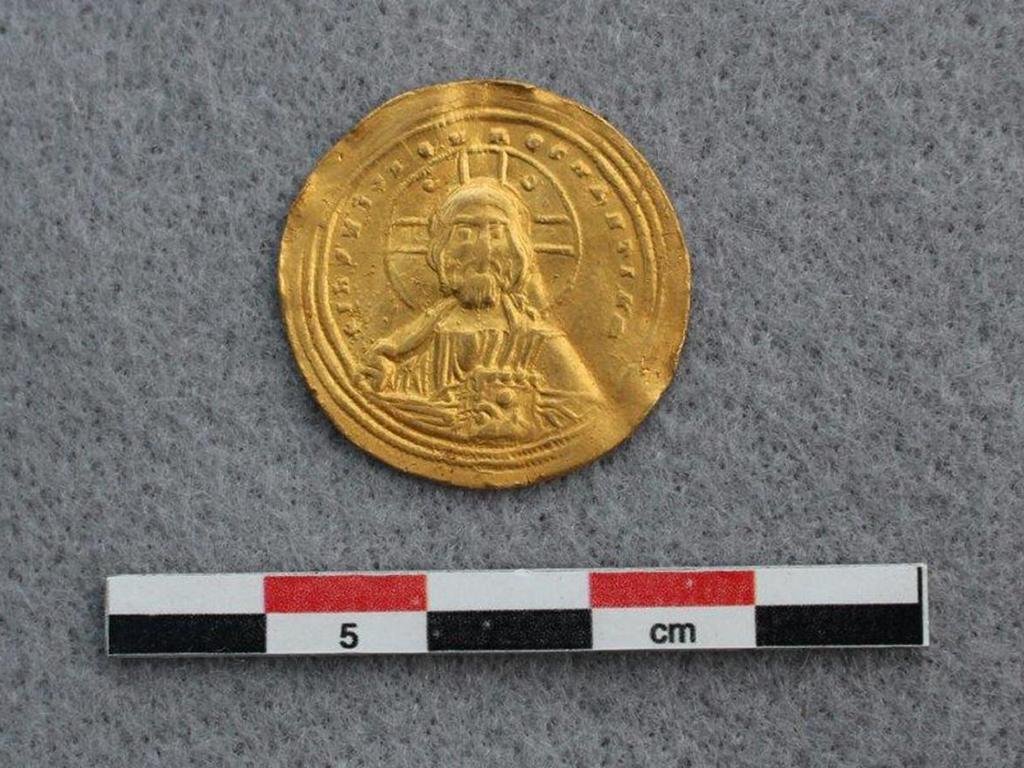Archaeologists from the University of Oulu, led by Dr. Oula Seitsonen, have excavated Vaakunakylä, a marginalized settlement that emerged from the remnants of a former Nazi barracks in Finland.
Established on Hietasaari Island near Oulu during World War II by German troops, Vaakunakylä served as a temporary refuge for displaced Finns following the war’s end in 1945. The barracks, abandoned by retreating German forces, provided shelter for those left homeless amidst the turmoil of post-war Finland. Despite the absence of municipal infrastructure, the community thrived, with residents adapting the barracks to suit their needs, including converting structures into family homes and saunas.
Over the decades, Vaakunakylä evolved into a working-class neighborhood, existing largely outside the mainstream Finnish society. However, its reputation as a “bad” neighborhood persisted, perpetuated by external perceptions that diverged from the residents’ lived experiences. City officials labeled Vaakunakylä as “criminal and restless,” contributing to its marginalization and eventual demolition in the late 1980s.
Through excavations and interviews with former inhabitants, researchers uncovered a nuanced picture of Vaakunakylä, revealing a community characterized by resilience and resourcefulness. Contrary to stereotypes, material remains such as high-end porcelain sets and children’s toys suggest a higher standard of living than previously ᴀssumed. The discovery of household items, including bottle tops from the Finnish state-owned alcohol monopoly Alko, offers insights into daily life and consumption patterns.
Importantly, the archaeological findings challenge the stigmatization of Vaakunakylä and affirm the residents’ positive memories of their community. Many former inhabitants expressed nostalgia for their time in Vaakunakylä, emphasizing that despite its challenges, life there was “good enough.” These sentiments reflect a uniquely Finnish approach to contentment, contributing to the nation’s reputation as one of the “happiest nations in the world.”
Dr. Seitsonen emphasizes the significance of this research in providing a voice to marginalized communities and fostering dialogue about societal inequalities. “Archaeology can offer a tool to investigate the realities of life in such places,” he notes, highlighting the discipline’s potential to challenge dominant narratives and promote understanding.
The study of Vaakunakylä contributes to global discussions on marginalization, urbanization, and social inequality. As cities grapple with issues of gentrification and displacement, the lessons gleaned from Vaakunakylä underscore the importance of preserving the histories of marginalized communities and recognizing their resilience in the face of adversity.
In 2025, Vaakunakylä will undergo a transformation into Oulu’s most expensive residential area, marking a new chapter in its history. However, the archaeological interventions and memories collected from former residents ensure that the legacy of Vaakunakylä will endure.
More information: Seitsonen O, Matila T, Hyttinen M, Kelloniemi A. (2024). Contemporary archaeological perspectives on intersectional inequality in a welfare state in twentieth-century Finland. Antiquity:1-8. doi:10.15184/aqy.2024.10
